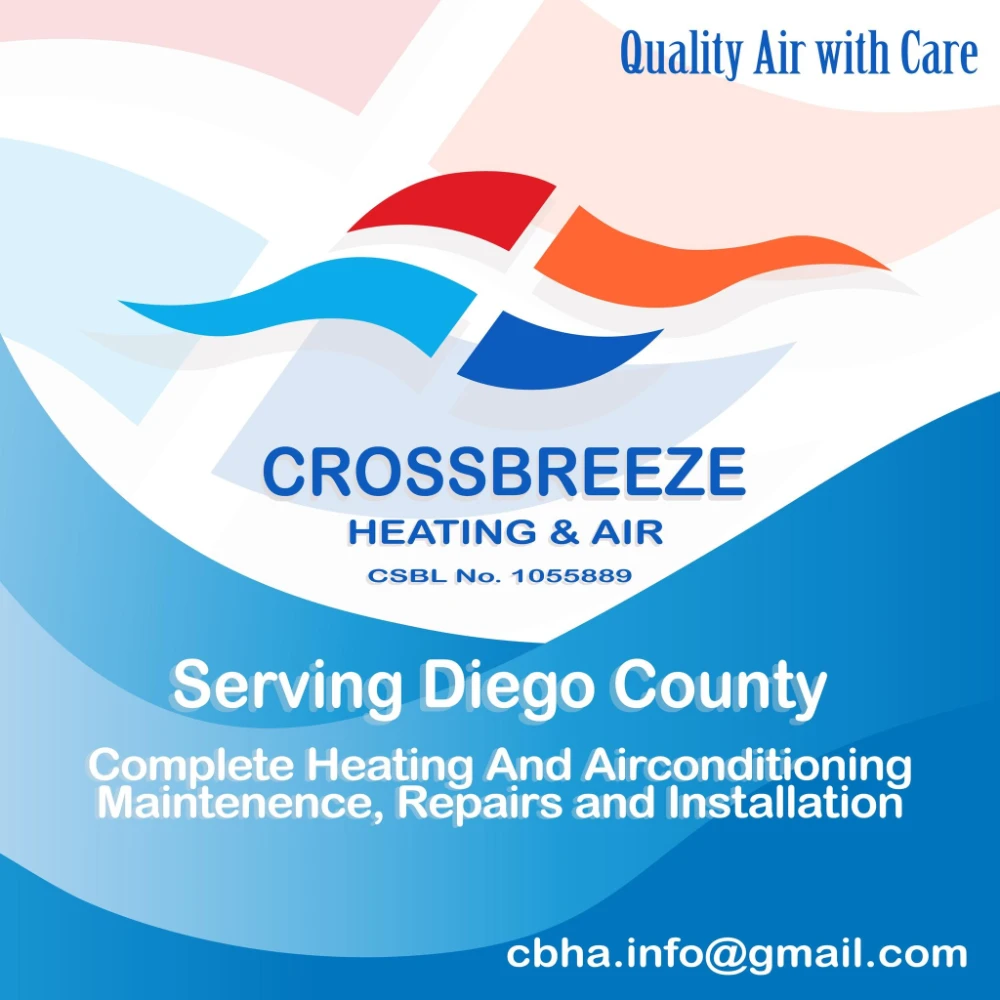HVAC systems are complex, and sometimes issues arise that may seem more serious than they really are. Before calling in a professional technician, it’s always a good idea to perform a basic troubleshooting check to determine if there’s an easy fix. In many cases, simple problems can be solved without the need for costly repairs.
Here’s a guide to troubleshooting some of the most common HVAC problems:
1. Check the Thermostat
Before assuming there’s an issue with your HVAC system, make sure the thermostat is set correctly. Sometimes, the thermostat may be set to an incorrect temperature or to the “off” position. Additionally, check the batteries if it’s a battery-operated model.
Ensure the settings are appropriate for the current season, whether you want heat or cool air, and confirm the temperature settings match the conditions of your home.
2. Inspect the Air Filter
A clogged or dirty air filter is one of the most common causes of HVAC issues. When the air filter is dirty, it restricts airflow, which can lead to inefficient heating or cooling and may even cause your system to overheat.
Check your air filter regularly, and if it looks dirty, replace it. We recommend replacing it every 1-3 months to maintain the efficiency of your HVAC system.
3. Check the Circuit Breaker
If your HVAC system isn’t turning on at all, the circuit breaker may have been tripped. Find your home’s electrical panel and check the breaker for your HVAC unit. If the breaker is switched off, flip it back on and see if that solves the problem.
If the breaker trips again, there may be an underlying electrical issue that requires professional attention.
4. Inspect the Condensate Drain
Clogged condensate drains are another common issue, particularly during the cooling season. When the drain is blocked, it can cause water to back up and potentially damage the system. If you notice standing water around your HVAC unit, check the condensate drain for blockages and clear it if necessary.
Regular maintenance can help prevent this problem, but it’s always a good idea to inspect the drain periodically.
5. Examine the Ductwork
If your HVAC system is blowing air but it’s not reaching certain areas of your home, it could be an issue with the ductwork. Check for visible signs of damage, such as disconnected ducts or leaks, which may be preventing airflow to specific rooms.
If you suspect that ductwork is the issue, consider having a professional technician inspect and repair the ducts to restore proper airflow throughout your home.
6. Verify Refrigerant Levels
If your air conditioning unit is running but not cooling effectively, it might be low on refrigerant. Refrigerant leaks can reduce the system’s ability to cool the air, resulting in inefficient performance. Checking refrigerant levels is a task best left to a professional, but if you notice a hissing sound or ice buildup around the unit, it could indicate a refrigerant issue.
7. Clear Any Obstructions Around the Outdoor Unit
For your air conditioner to work efficiently, the outdoor unit needs to be free of obstructions such as leaves, branches, or debris. Check the area around the unit and clear any objects that could block airflow. Also, make sure there is no buildup of dirt or leaves on the unit’s coils, as this can cause it to overheat.
Conclusion
If your HVAC system is still malfunctioning after performing these troubleshooting steps, it may be time to call a professional. At CrossBreeze Heating & Air, we offer expert HVAC system repair and replacement services to restore comfort to your home. Our team is trained to handle a wide variety of HVAC issues, ensuring your system is running smoothly again in no time.
For all your HVAC needs in San Diego and surrounding areas, contact us today for a professional inspection or repair. Our team is here to help with all your HVAC system needs!
